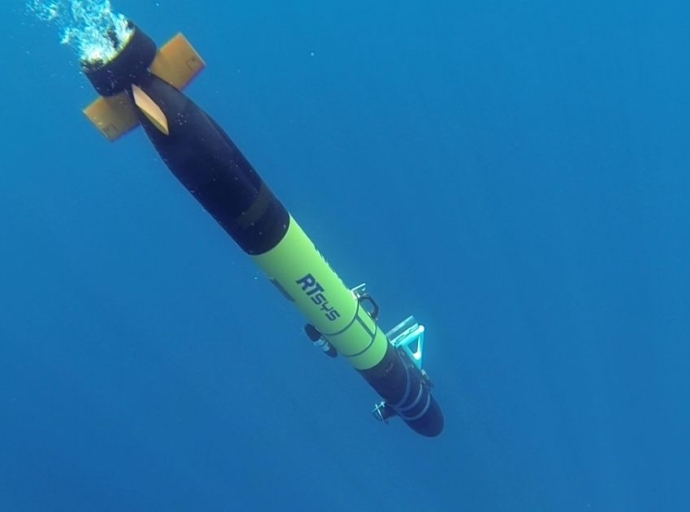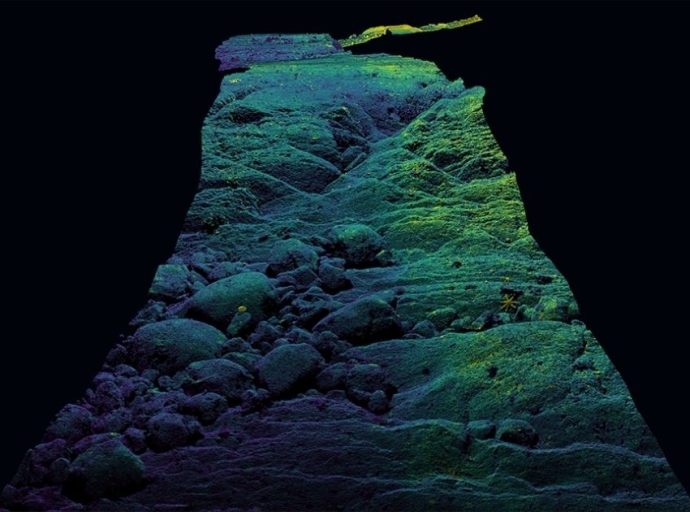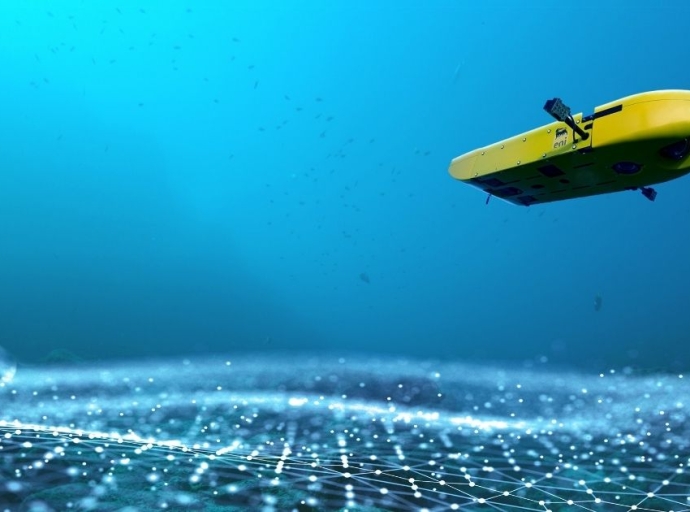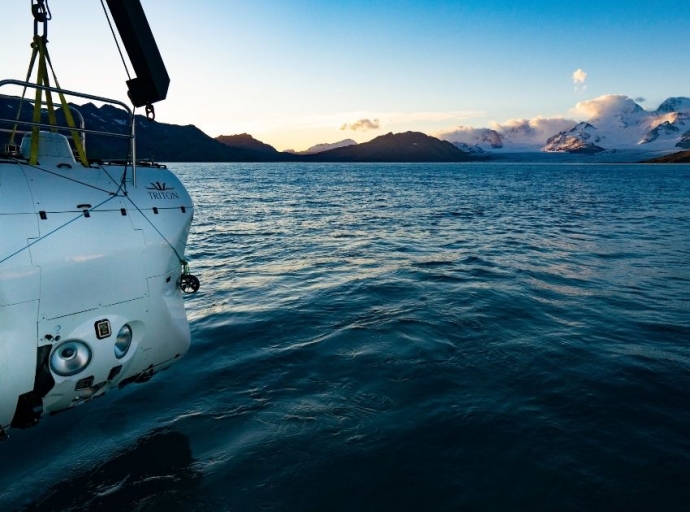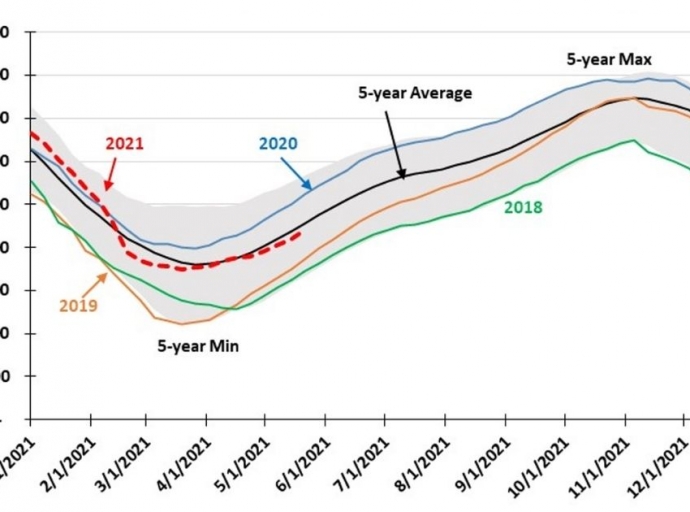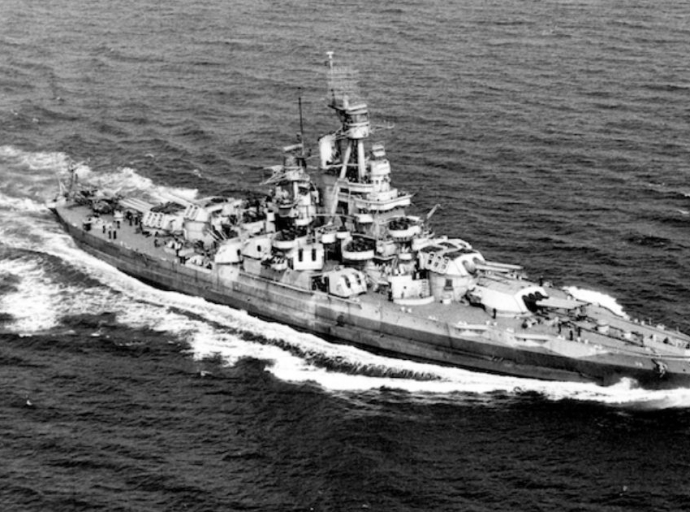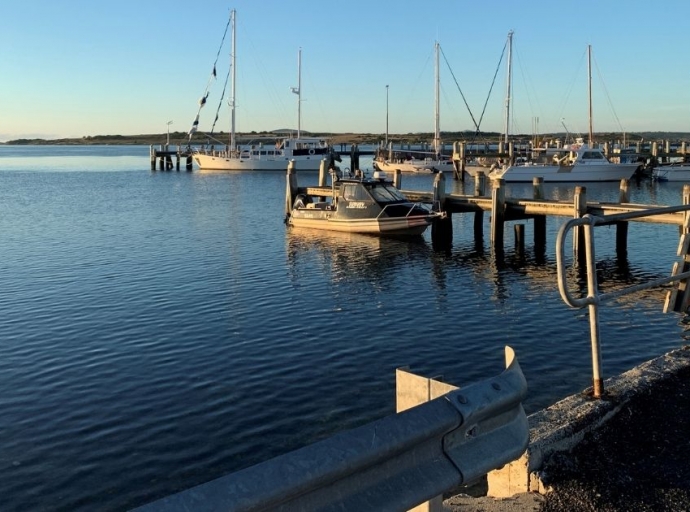For decades, our industry has embraced the classic principles of evolution: responding to changes in its environment to ensure ongoing success. And we have been on an evolving path since drilling began, from navigating the highs and low of oil prices to tackling a global pandemic.
Features
All Stories
Maintaining flow assurance is a critical part of operations planning for oil and gas pipelines. The daily cost of unplanned maintenance and shutdowns can quickly accumulate. Any number of things can set back successful operations, including damage to the pipeline from corrosion, pitting, and cracking, as well as buildup from hydrates and heavy wax.
RTsys, part of the Neotek group, is a French company that specializes in the design and manufacture of passive and active underwater acoustics and Autonomous Underwater Vehicles (AUVs). The 40-strong team of seasoned engineers is headquartered at an exclusive R&D facility in Brittany, with direct access to the Atlantic Ocean for sea trials and FATs.
Human ingenuity has led to a world of discovery, yet our ocean’s deepest secrets remain shrouded in darkness. The deep sea covers approximately 65% of the Earth’s surface and a has remained largely undocumented, with surveys being limited to low-resolution mapping from surface vessels and satellites, and localized observation with submersibles.
For centuries, civilizations have attempted to engineer vehicles to transport people below the waterline in the name of subsea exploration. For the most part, however, Deep Submergence Vehicles (DSVs) remained the purview of science fiction protagonists until twentieth-century advances in mechanical propulsion and sonar extended their reach and navigational capacity, most notably for defense applications.
MAPPING AN UNDERSEA MUSEUM
As bathymetric mapping and hydrographic surveys tackle the goal of a complete mapping of the global seabed in the next decades, an increasing number of highly significant shipwrecks and lost aircraft will be found. In some cases, this will resolve mysteries past and present, like Amelia Earhart’s plane and flight MH370, or long forgotten missing ships that never reached port.

_thumbnail.jpg)
_thumbnail.jpg)
